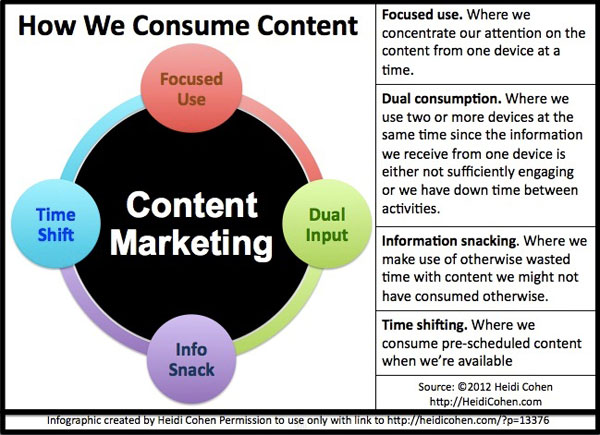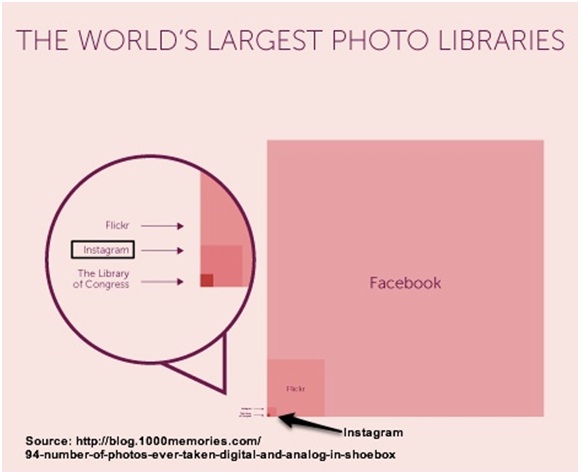Social Media, Mobile, and Content Marketing: 4 Trends That Rocked 2012
Get your 2013 plans on track to succeed with these dominant trends and related actionable marketing tactics.
Get your 2013 plans on track to succeed with these dominant trends and related actionable marketing tactics.
 2012 was a year of inflection points on social media, mobile, and content marketing. For marketers, this translates to understanding the implications of these changes and what they mean for your 2013 marketing.
2012 was a year of inflection points on social media, mobile, and content marketing. For marketers, this translates to understanding the implications of these changes and what they mean for your 2013 marketing.
Here are four dominant social media, content marketing, and mobile trends with related actionable marketing tactics to get your 2013 plans on track to succeed.
1. Social media’s big boys: Pinterest and Google+ became players. Recent research from Nielsen reveals the entrance of Pinterest, the social media darling and meteoric star of 2012, and Google+, last year’s social media entrant, into the top social media entities. (Disclaimer: I combined this data from a variety of Nielsen sources. Only the order is shown since specific data points aren’t apples-to-apples comparisons.)
Marketing implications for 2013:
2. The rise of content marketing. Content marketing grew exponentially in 2012 due to the fact that it fuels social media, answers customers’ questions, and helps search optimization. Based on research by Content Marketing Institute and MarketingProfs, over 85 percent of both B2B and B2C marketers use content marketing. More importantly, unlike advertising, consumers trust this non-promotional information. In the process, consumer consumption of content has reached 11.5 hours a day in the U.S.
Marketing implications for 2013:


3. Smartphones outpace PCs. Marketers have to be present across devices. While PCs continue to be an integral part of work activities, smartphones and tablets are an integral part of how we now consume information and communicate including text, email, and voice. BTW, this isn’t just a consumer trend!

Marketing implications for 2013:
4. Commerce mobilizes. The confluence of increased mobile device ownership and expanded content translates to consumers finding new, more efficient ways to shop. Merchants, both online and offline, ignore these trends at their own peril. Customers seek more information during the entire buying process before, during, and after purchase. If you’re not present, your competitors will be. Also, don’t underestimate the impact of new methods of mobile payment to support these changes.
Marketing implications for 2013:
As we approach 2013, it’s important to reassess your 2013 plans to ensure that you’re positioned to compete effectively. This may mean tweaking your budget to put your efforts where your prospects and customers are spending their time.
What else would you add to this list and what’s your rationale?
Happy marketing,
Heidi Cohen